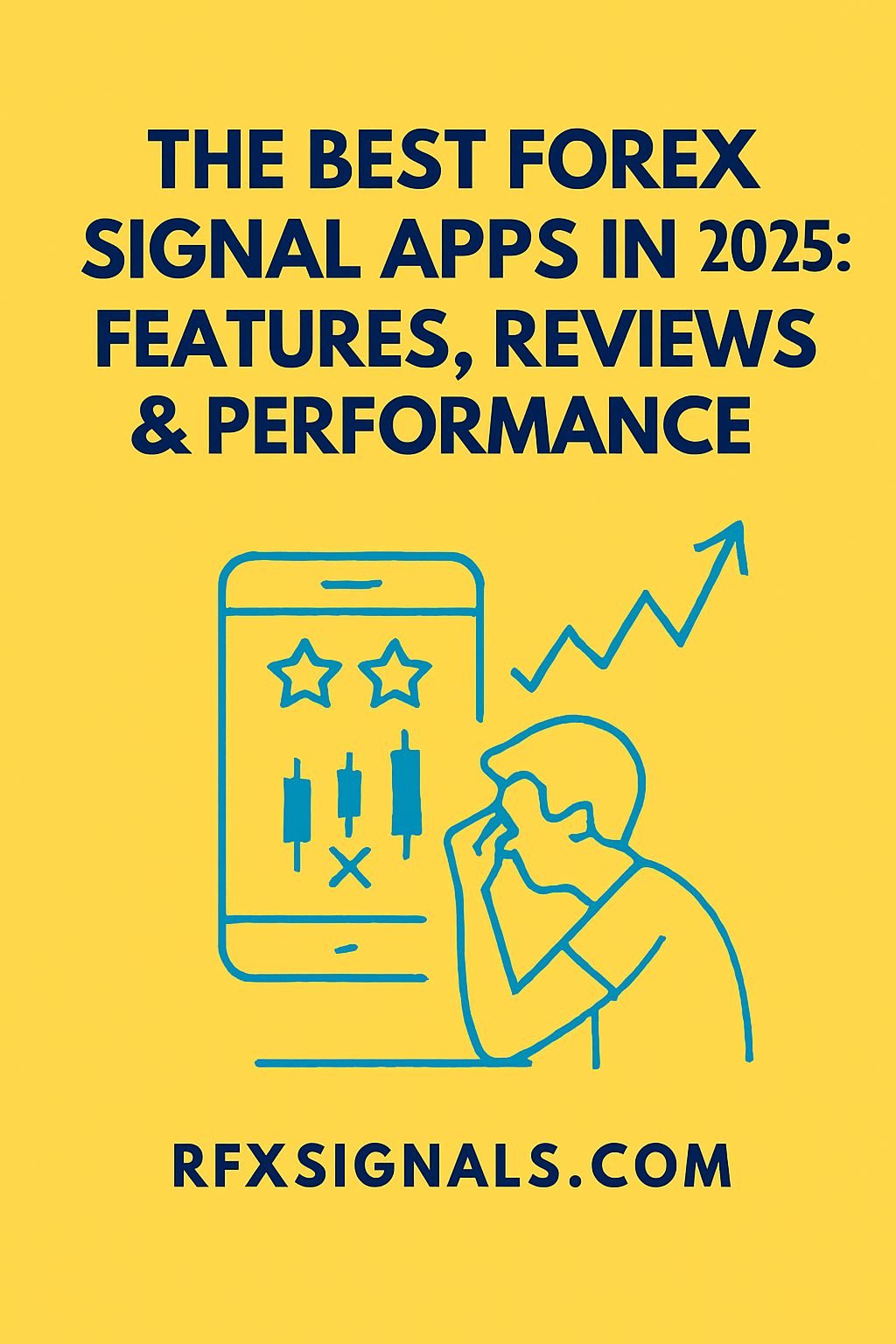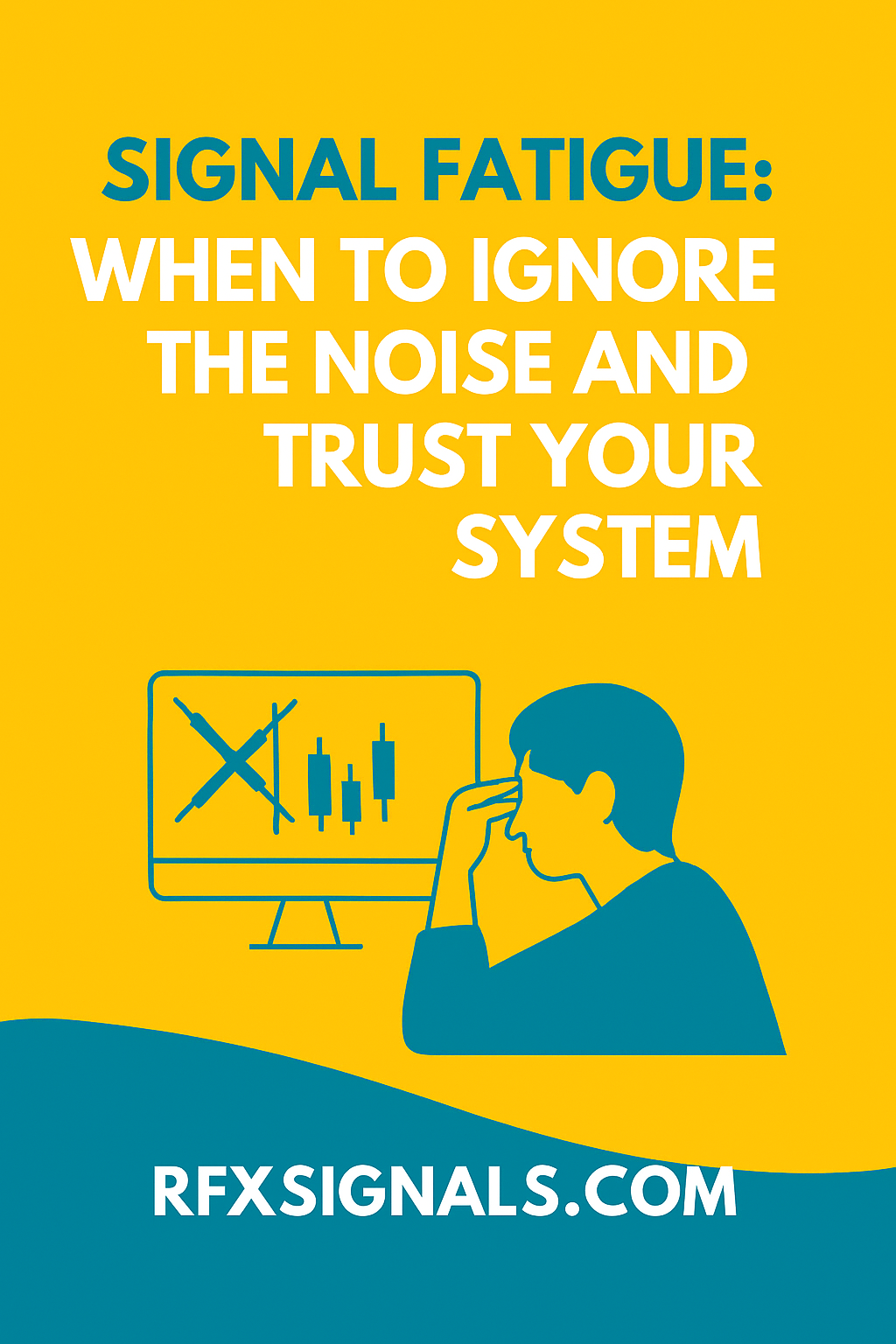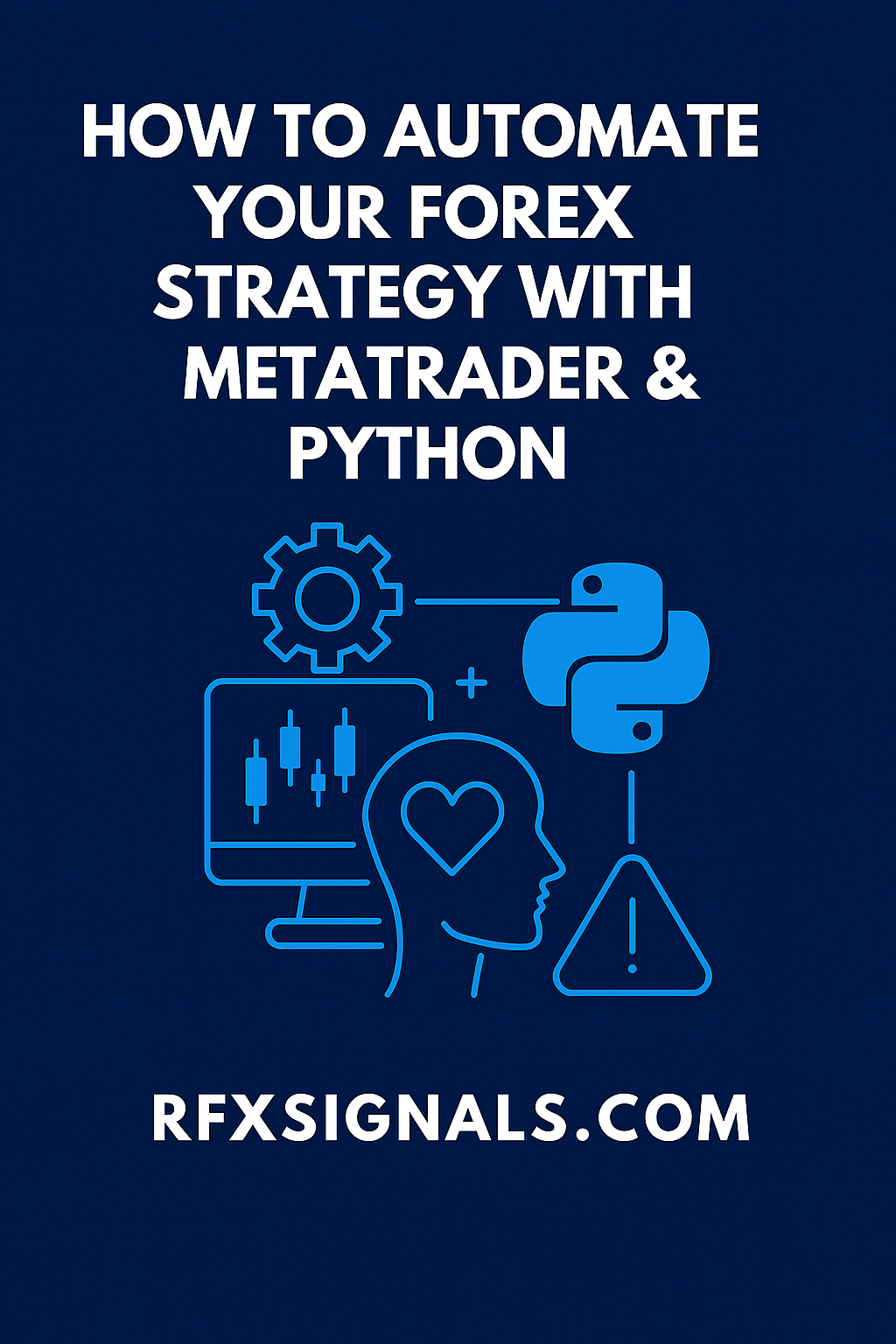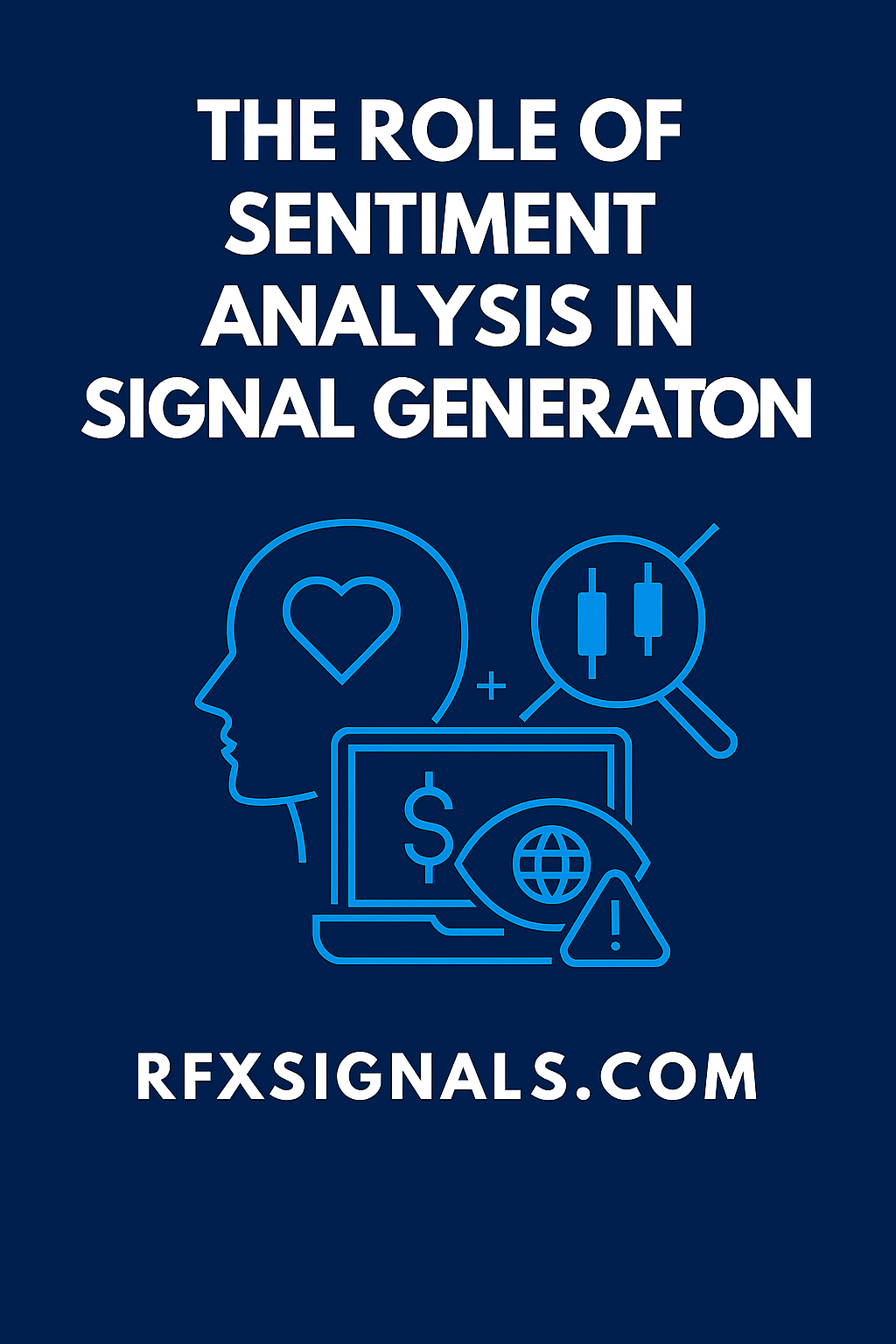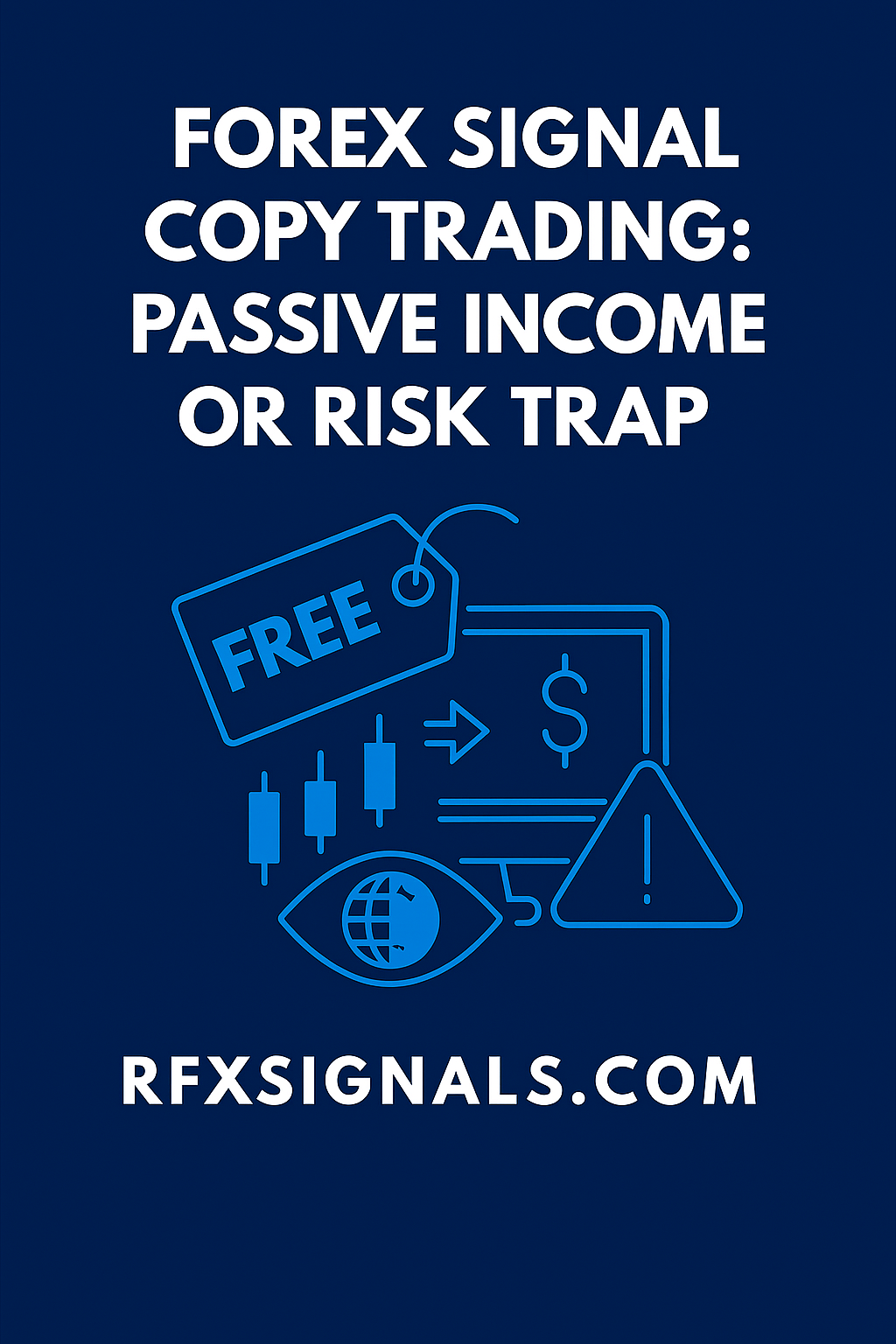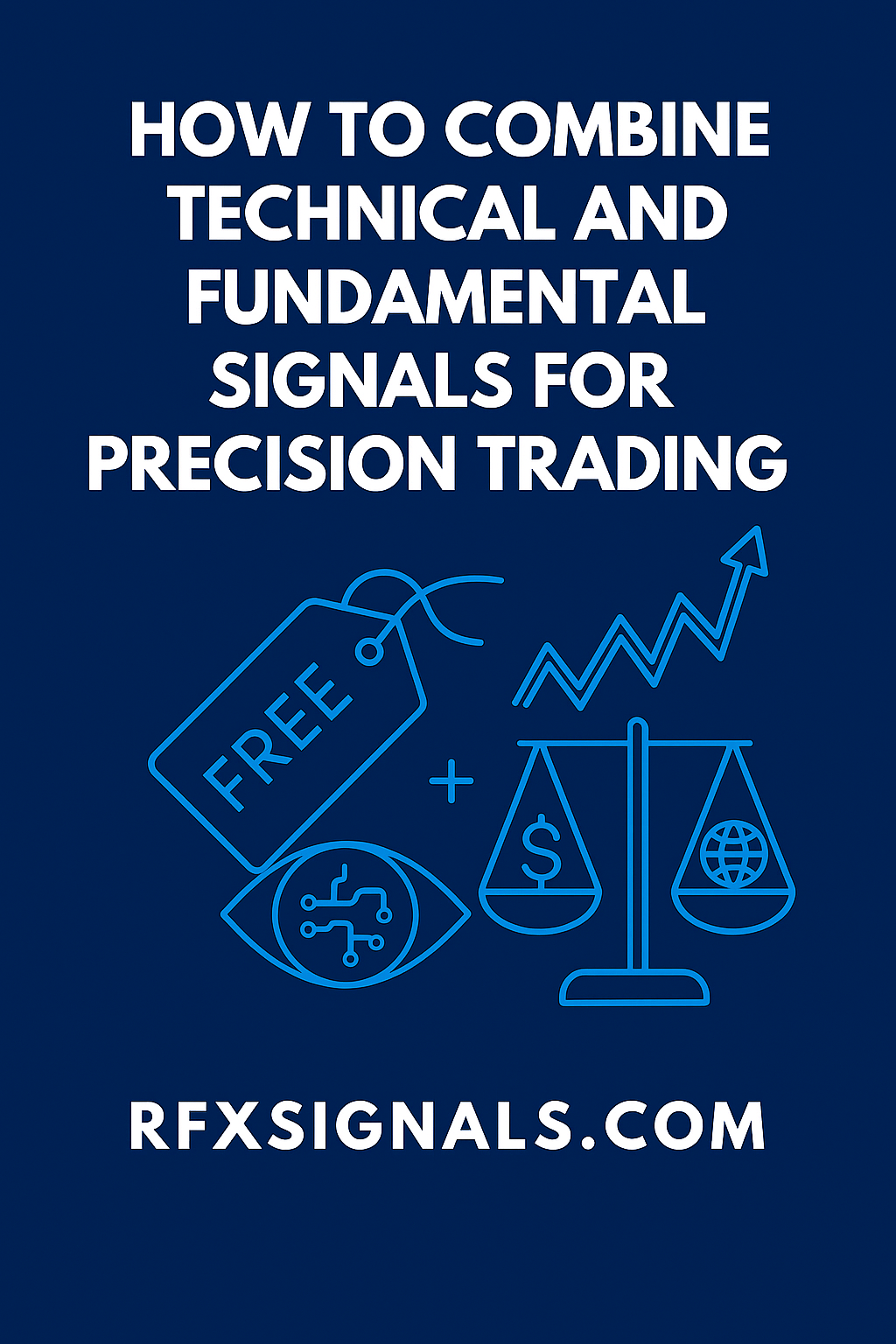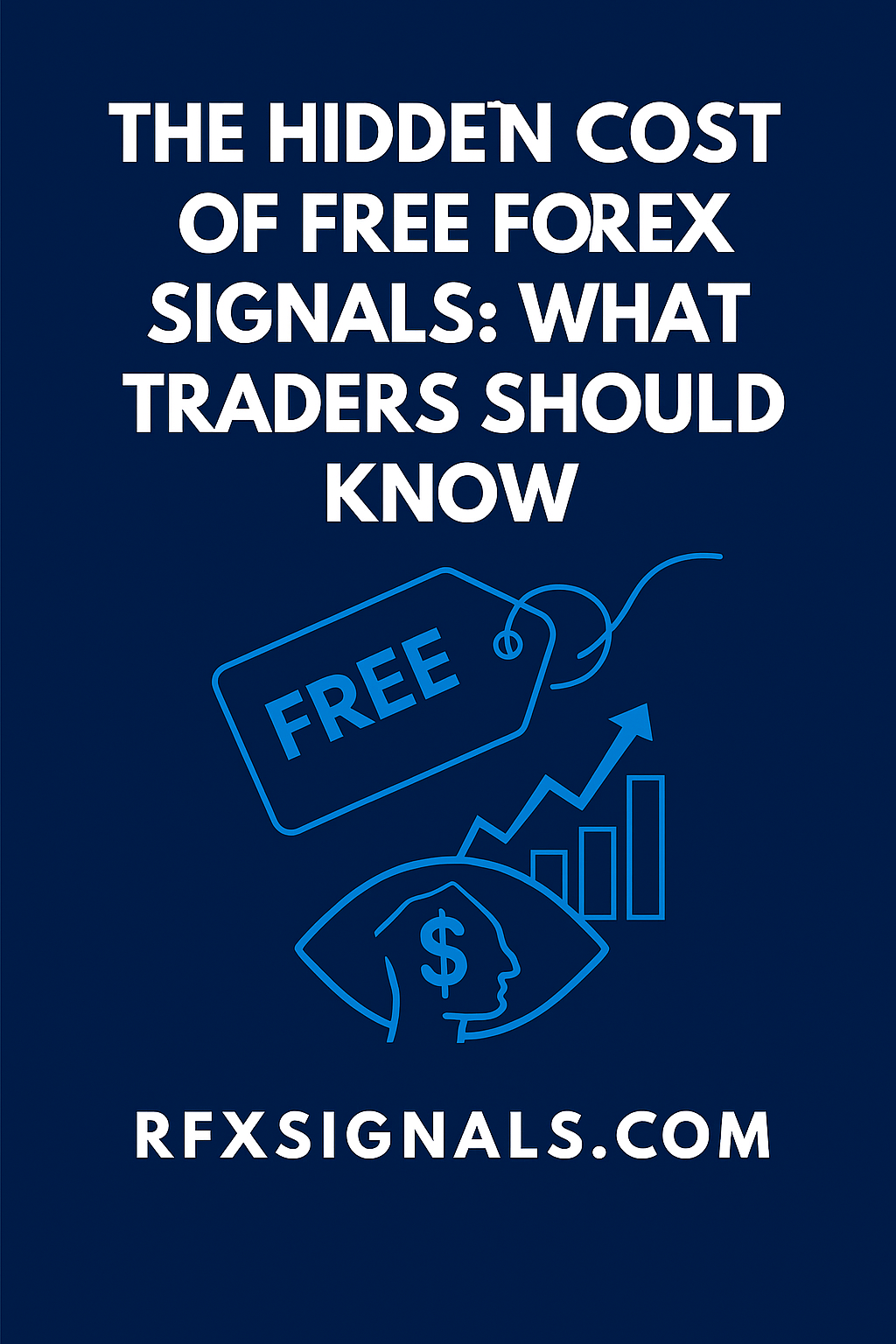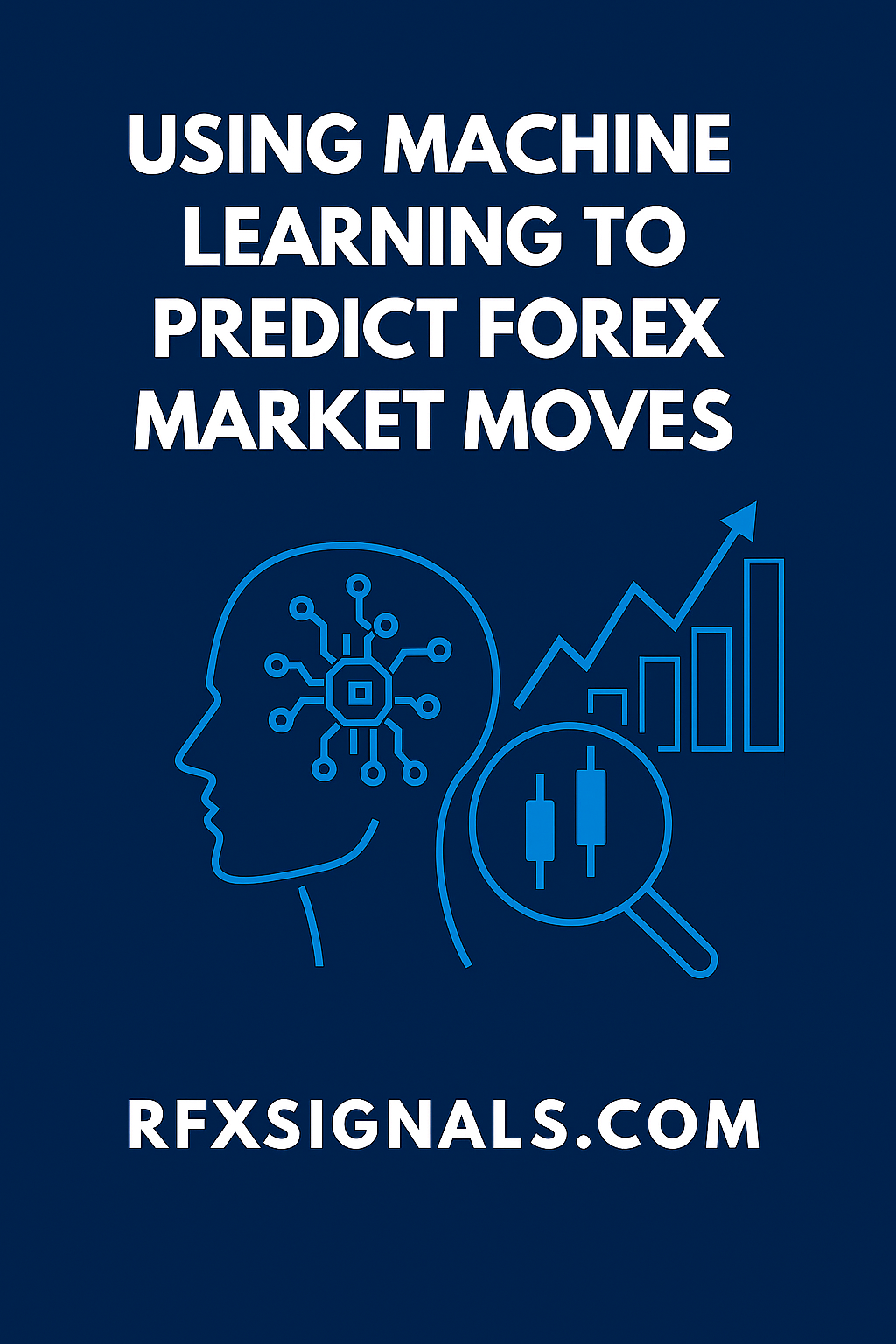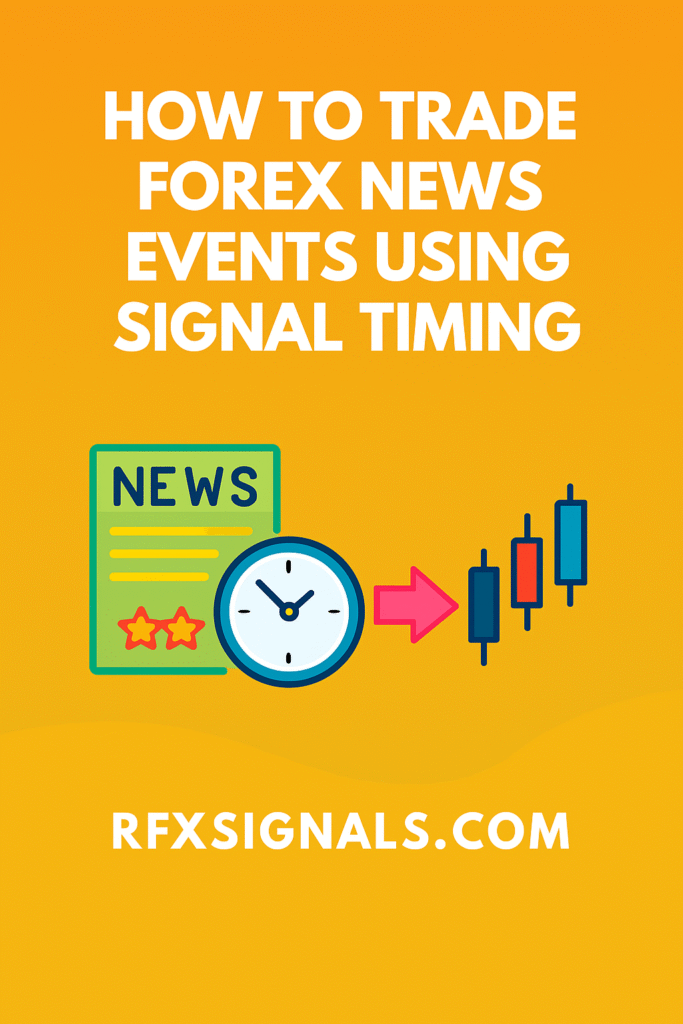
How to Trade Forex News Events Using Signal Timing
By RTech RFX Signals ·
Master the art of trading Forex news events using precise signal timing. Learn step-by-step strategies, risk controls, and tools that give traders an edge during volatile releases.
Introduction: Why News Trading Needs Signal Timing
Trading Forex around news events is high-risk, high-reward. Sudden volatility can deliver huge moves — both up and down — in minutes. Signal timing adds discipline by letting traders prepare, anticipate, and act with precision rather than emotion.
Understanding Forex News Events
Forex markets respond to economic data releases, geopolitical events, central bank statements, and political developments. Examples include:
- Central bank rate decisions
- Non-Farm Payrolls (NFP)
- GDP and CPI reports
- Unemployment figures
- Geopolitical tensions
The Role of Signal Timing in News Trading
Signal timing combines technical and fundamental inputs to align trades with news events. Instead of trading purely on gut feeling, traders use alerts, pre-set conditions, and verified signals to time entry and exit points.
Step-by-Step News Trading Strategy Using Signal Timing
Step 1 — Identify High-Impact News
Use an economic calendar (Investing.com, ForexFactory.com) to identify events likely to cause volatility. Prioritize high-impact events with historical market movement.
Step 2 — Define Your Trading Window
Define a clear entry window before or after the release. Example: enter 5 minutes after release if price stabilizes, or pre-set entry with limit orders if expecting a breakout.
Step 3 — Use Verified Signal Sources
Subscribe to real-time news signal providers or automated alert services (TradingView, Myfxbook AutoTrade, MQL5 signals) to trigger your trades with precision.
Step 4 — Risk Management Rules
- Limit risk per trade to a small percentage (e.g., 1-2% of capital).
- Use stop-loss orders to protect against adverse moves.
- Consider trailing stops to lock in profit during volatility.
Top Signal Tools for Forex News Trading
- TradingView Alerts: Highly customizable alerts with webhook integration for automation.
- MetaTrader/MQL5 Signals: Integrated platform signals that can auto-execute trades.
- ForexFactory Economic Calendar: High-impact news listings updated in real-time.
- Myfxbook AutoTrade: Copy proven strategies with historical verification.
Case Study: Trading NFP with Signal Timing
Let’s simulate an NFP news trade:
- Review NFP release schedule on ForexFactory.
- Set alerts 10 minutes before release via TradingView.
- Check provider signals for pre-event sentiment.
- Place orders with stop-loss limits based on recent volatility.
Managing Risk During News Events
Volatility spikes during news can cause slippage and widen spreads. Mitigate risk by:
- Using limit orders instead of market orders
- Reducing trade size
- Using broker platforms with fast execution speeds
Inbound & Outbound Links for SEO
See related strategies: Backtest Forex Strategies, Investing.com Economic Calendar, TradingView Alerts.
Conclusion: Signal Timing — The Competitive Edge
Signal timing transforms news trading from guesswork to systematic execution. Combining verified signals, economic calendars, and disciplined risk management creates an edge in Forex markets that is otherwise dominated by volatility and noise.
Start trading news with precision
Download our free News Trading Signal Timing checklist and join our WhatsApp community for live alerts.

